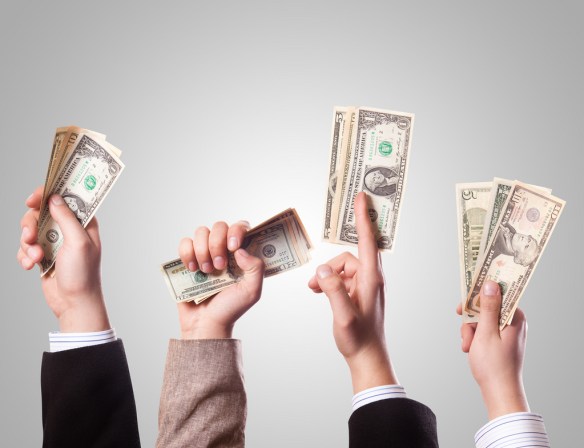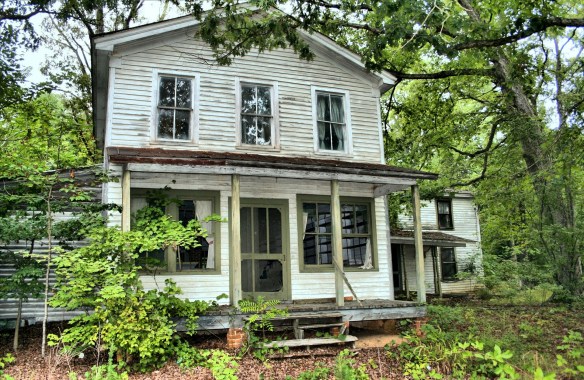U.S. News & World Report quoted me in Your Home Is a Better Investment Than Bonds. It opens,
With bonds paying next to nothing, where can you turn for a respectable yield, guaranteed?
Well, how about your home?
Many homeowners look upon the homestead as a valuable asset they can tap for retirement through downsizing or a loan. They typically count on building equity the old-fashioned way, by gradually paying off the debt and enjoying some price appreciation.
There’s another option: making extra principal payments on the mortgage to reduce the debt faster. Every dollar used to pay down the loan earns a “yield” equal to the loan rate, since it saves you from having to pay that amount of interest. If your loan charges 4 percent, prepayments earn 4 percent, a lot more than you’d get in bank savings or a 10-year Treasury note, now yielding a paltry 1.8 percent.
“The advantage to paying off a mortgage over buying bonds depends on the cash flow created,” says Wyatt A. Moerdyk of Evidence Advisors in Boerne, Texas. “If the cash flow created by paying off a mortgage is greater than the yield of a bond investment, paying off the mortgage may be a wise move.”
“A very conservative investor who is averse to debt may find paying off his or her mortgage is the right choice,” says Eric Meermann, a planner with Palisades Hudson Financial Group in Scarsdale, New York. “If the alternative is sticking your money in a money market or savings account, you’re better off paying (the mortgage off) early.”
He adds, though, that prepaying a mortgage is not a good alternative to investments such as stocks that could be more profitable in the long run.
Mortgage payments involve various charges, often including sums for property taxes and homeowner’s insurance, but the key parts are the interest charge on the remaining debt and the principal payment that gradually reduces the debt over the years.
You have a right to pay extra principal, every month or in lump sums, and the payment slip you send with your check probably has a space for recording the amount.
Paying down a mortgage has a snowballing effect, since it reduces interest charges going forward. On a fixed-rate loan, that allows more of each month’s payment to go to principal rather than interest, and the loan is paid off early. With an adjustable-rate mortgage, extra payments reduce the required payment after the next annual reset, which applies the new interest rate to the remaining debt. After that, you can either pay less or pay what you have been, with more going to principal.
Prepayments can substantially reduce your interest charges over time, since less interest is required each month as the debt gets smaller. They also allow you to build equity faster.
A homeowner with a $300,000 mortgage for 30 years at 4 percent would pay $1,432 a month in principal and interest. By adding about $150 a month in prepayments, the loan could be paid off five years early, reducing total interest charges by about $40,500. Without the prepayments, the homeowner would still owe nearly $78,000 after 25 years.
“Many people like to have paid off their mortgage before they retire, and making extra payments on your mortgage can be part of that strategy,” says David Reiss, who teaches about residential real estate at Brooklyn Law School in New York City.
But although today’s low bond yields make mortgage prepayments appealing, stocks returns could beat prepayment yields substantially. Index funds tracking the Standard & Poor’s 500 index are up nearly 8 percent this year, and averaged 6.7 percent a year over the past decade. That’s a lot better than you’re likely to do with a mortgage prepayment, though the prepayment yield is guaranteed while a fund’s return is not.







